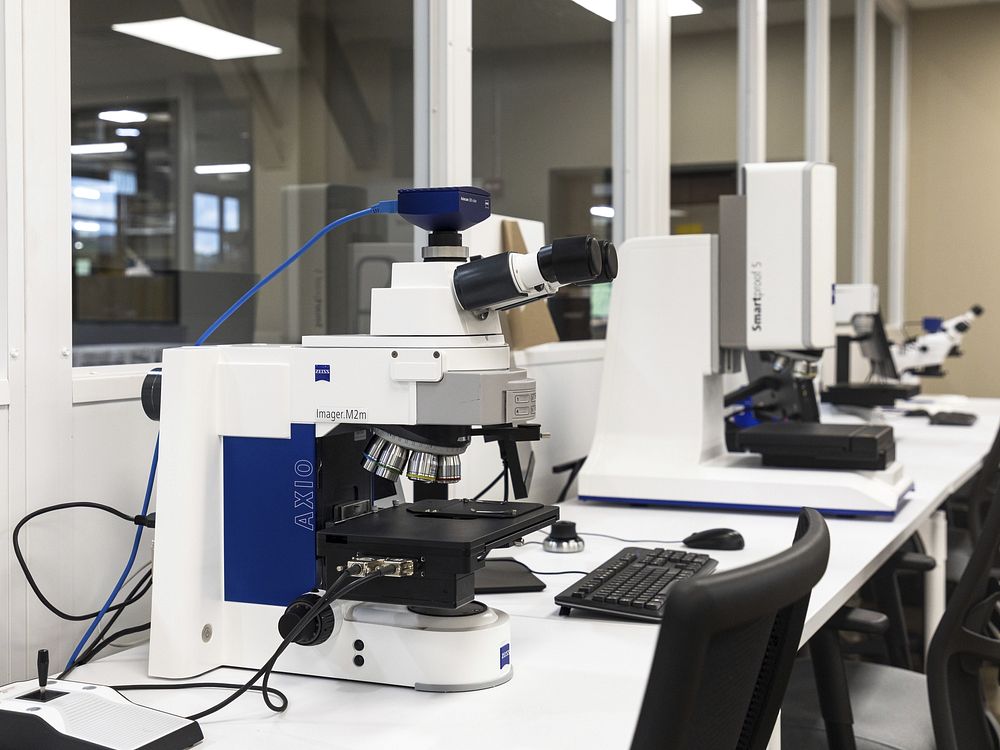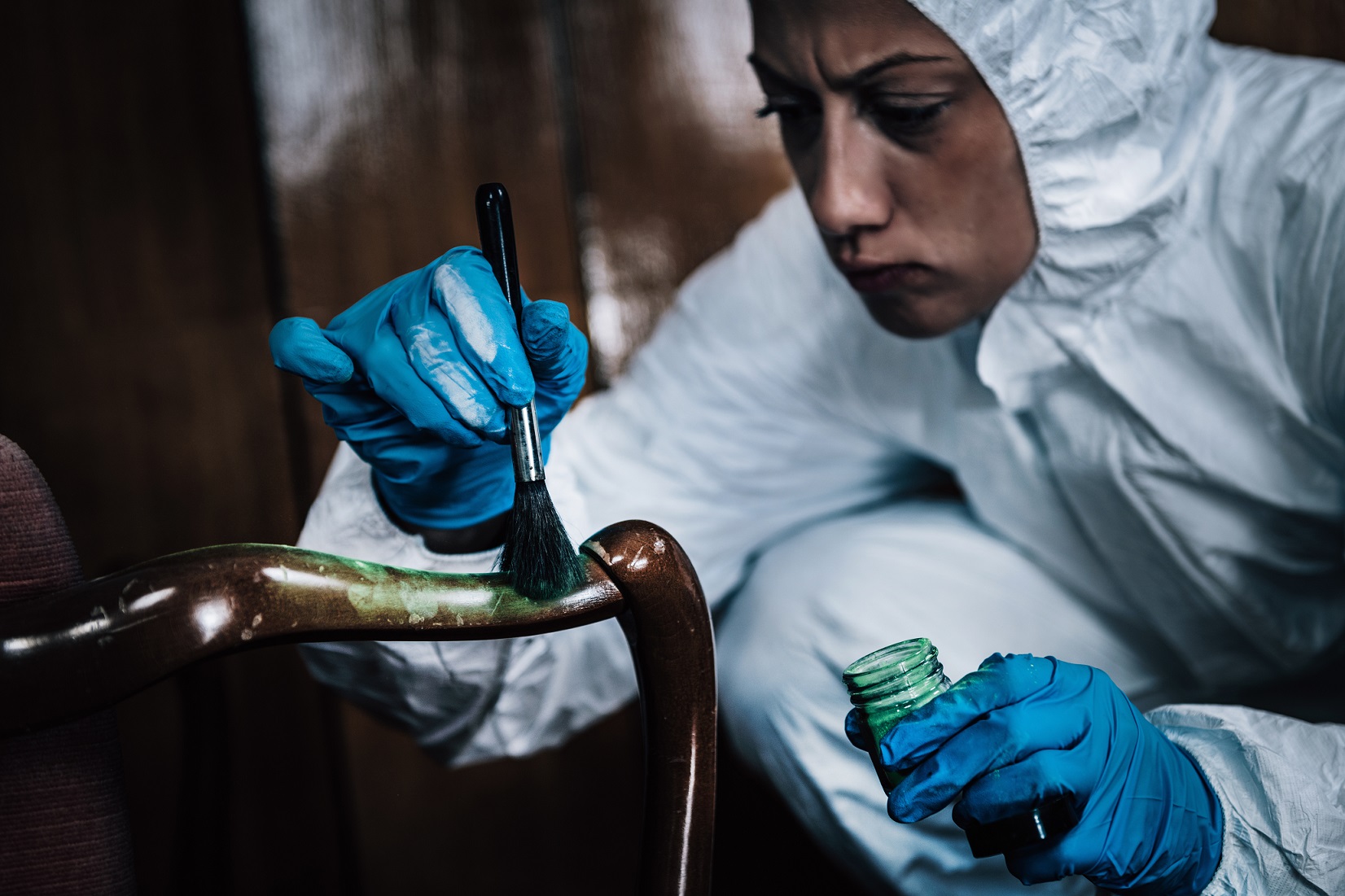Now Reading: Essential Goods turning into Evil: Solvent Abuse and Toxicological Aspects
-
01
Essential Goods turning into Evil: Solvent Abuse and Toxicological Aspects

Essential Goods turning into Evil: Solvent Abuse and Toxicological Aspects
Nowadays people are getting the necessary things readily, at a cheaper rate, and in variety like clothes, food, stationery, electronics, petrol, cosmetics, etc. these things are available to any age group of people over the counter and mostly the teenagers are benefited to these in both good as well as abusive manner.
Products we use in daily lives like paints, thinners, nail paints, petrol, whiteners, printing ink, sanitizers, adhesives, cigarette lighter refills, commercial cleaning detergents, hair sprays, aerosols, medical anesthetic like nitrous oxide, also clinical laboratory a solvent like toluene, acetone, chloroform, ethanol and many are now coming out as abusive agents .i.e. local/cheap drugs, widely and mostly used by the teenagers, this abuse is called as solvent abuse. In which the volatile solvents or substances are inhaled to get that “kick” of being high .i.e. euphoric effect, hallucinations, and delusions. If the person is abusing it for a long time then they develop more psychological dependence and for short term both physical and psychological dependence. These all products are very essential and beneficial only when used properly in good ways, but will lead to coma, paralysis followed by death when abused. Cases are mostly seen in the low economic condition people dropped out of school or employment people, artists like musicians, film industry people, writers, people staying on the street, etc.[1-5, 7]
v WHAT ARE THE ROUTE AND METHODS OF ADMINISTRATION?
The only way of administration is by inhalation through nose and mouth. Inhalers inhale vapors of petrol, aerosol by using plastic bags over the mouth called as ‘bagging’. Some inhalers inhale it directly by opening led of container called ‘sniffing’ or ‘snorting’, products like adhesives, nail paints, nail paint removers, petrol, whiteners, thinners, paints, toluene, acetone, ethanol. Also the substance like thinner, gasoline, acetone, chloroform are soaked on cloth and held over mouth called ‘huffing’. Air fresheners, aerosols, cleaners are sprayed in the air and then abused called ‘gliding’ and those same sprayed directly in the face .i.e. nose and mouth are called ‘dusting’. Cigarette lighter refills are held in between two teeth and pressure is applied which directly goes in the mouth. The amyl nitrite abused directly by breaking the vials causes popping sound, so-called ‘popping’. [1-3,8]
v SYMPTOMS SHOWN
The foremost effect of inhalation of these local drugs/volatile substance is that, gives a high kick, hallucinates, euphoric effect to the abusers. The heavy sniffing cause unconsciousness and can choke their vomiting and can lead to death in some cases.[2,7] Other symptoms like-
· Person being clumsy, drowsy, light-headed, vomiting.[1-4, 7-8]
· Feels and seems to be drunk and aggressive
· Causing double/blur vision, abdominal cramps, coughing and diarrhea
· Chronic consumption may lead to failure of vital organs like nephritis, nephrosis, and severe diseases like leukemia, dementia, brainstem dysfunction, cardiomyopathy.[3]
· Psychological dependence leads to depression, suicidal thoughts, panic attacks, anxiety disorders.[3]
· Abusers can be early onset of behavioral changes like being antisocial, suddenly low grades and dropping out of school, not good relations with family, legal problems, unemployment.[3]
· They abuse solvents in combination with smoking, as solvents are highly volatile can cause fire and severe injury followed by death.[5]
· Abusing For a long time are more prone to meet/cause accidents, as their senses are dysfunctional, so taking them to the adventure places like a river, mountains, etc. is dangerous.[5]
· Abuse of laughing gas can cause death, by less availability of oxygen and cause to nerve damage.[8]
v ROLE OF TOXICOLOGICAL ANALYSIS
This is done for both living and dead. In living, the clinical symptoms are checked from history or done for the medication process or asked by the law agency as the person is suspect, and many more reasons. In which the exhaled air or blood sample is collected from the suspect and can directly run on instruments for analysis like MS, headspace gas chromatography, Vapour-phase infra-red spectrophotometry.[2]
In dead, the history is studied, especially in cases of adolescent death, and seen the clinical symptoms which are compared with the circumstantial evidence, then further proceed with the sample .i.e. blood from the body is collected in the glass vial having a cap of metal lining, to which anticoagulant is added lithium heparin and should be stored at 4ºC temperature. The size of the vial should be a little bigger but not too big than the quantity of sample as it can be directly used in the headspace technique. Then the sample is analyzed by the instrumental techniques MS, headspace gas chromatography, Vapour-phase infra-red spectrophotometry.[2]
v CASE STUDY
A 17 years old boy, studying in Class XII in Kendriya Vidyalaya, was brought by his mother for a checkup with the history of being absent in school often, easily get irritated nowadays, not staying at home and lingering around. He was being observed by his parents, gradually getting fewer grades in school, going out of the house at odd timings, and there was no such past history of him or his family.
When he was asked about addiction to anything, he denied all. Then by investigation came to know from his friends that he was sniffing correction ink by putting it on a handkerchief. Was then put for counseling and treated with Tab Naltrexone 50 mg OD as an anti-craving measure. Gradually, therapy started showing effect and improvement in the boy.[6]
v REFRENCES
- Clarke’s Analytical Forensic Toxicology, (2008), by Sue Jickells and Adam Negrusz. 24/06/2020
- Number 5, VOLATILE SUBSTANCE ABUSE, Practical Guidelines for Analytical Investigation of Suspected Cases, and Interpretation of Results, by R.J. Flanagan, P.J. Street, J.D. Ramsey. https://trove.nla.gov.au/work/24375168?q&versionId=29435363. 24/06/2020
- SOLVENT USE AND ITS MANAGEMENT — AN OVERVIEW, by Priya G Menon, Anjana Rani, TS Jaisoorya, 2015. https://kjponline.com/index.php/kjp/article/view/28. 24/06/2020
- Inhalant abuse: A clinic-based study (2008), by Suresh Kumar, Sandeep Grover, Parmanand Kurihara, Surendra Kumar Mattoo, Debasish Basu, Parthasarathy Biswas, Ruchita Shah. https://www.ncbi.nlm.nih.gov/pmc/articles/PMC2738341/. 24/06/2020
- Inhalant abuse on the rise, updated 2014, TOI. http://timesofindia.indiatimes.com/articleshow/37373322.cms?utm_source=contentofinterest&utm_medium=text&utm_campaign=cppst. 24/06/2020
- Case of Toluene Abuse, by Col PS Bhat, Col AK Mitra, Col A Anand, 2009. http://medind.nic.in/maa/t10/i1/maat10i1p88.pdf. 24/06/2020
- Inhalant, https://en.wikipedia.org/wiki/Inhalant. 24/06/2020
- Solvent Abuse: The Facts, The Young Scot Card. https://young.scot/get-informed/national/solvent-abuse-the-facts. 24/06/2020
Author:
Shubhechha Jadhav, Intern at Dept. of Forensic Science & Criminal Investigation (June 2020), Legal Desire Media & Insights
Miss. Shubhechha Dinesh Jadhav, from Lasalgaon, Dist. Nashik, pursuing Masters in Forensic Science (Chemistry and Toxicology) from the Institute of Forensic Science, Mumbai, University of Mumbai and have completed my Bachelor’s in Forensic science from the same Institute. Presented Research paper on the title,” Arsenic Poisoning – A Forensic Perspective” in the 2nd International Virtual Conference on “FORENSIC INVESTIGATIONS – STEPPING STONE FOR THE FUTURE TECHNOLOGIES & ADVANCEMENT ”, arranged by Legal Desire Media Insights (May, 2020). I have interned at CFSL-CBI at Navi Mumbai in Documents, Photography and Fingerprint Division. Also worked with Maharashtra-Mumbai Police on the AMBIS (Automated Multimodal Biometric Identification System) project. Have trained the police personnel in the Exhibition organized to celebrate Maharashtra Police Raising Day, on “Tyre marks and its patterns, Footprints, and Footwear prints Analysis”, at Police Training Centre, Marol, Mumbai.
Volunteered and participated in Forensic Expo. in the year 2015-16 and 2016-17, held at Institute of Forensic Science, Mumbai.
Represented as Captain of Girls Volleyball team of Institute of Forensic Science, at University level and was NSS volunteer for a period of 2 years, 2015-2017 (officially).











